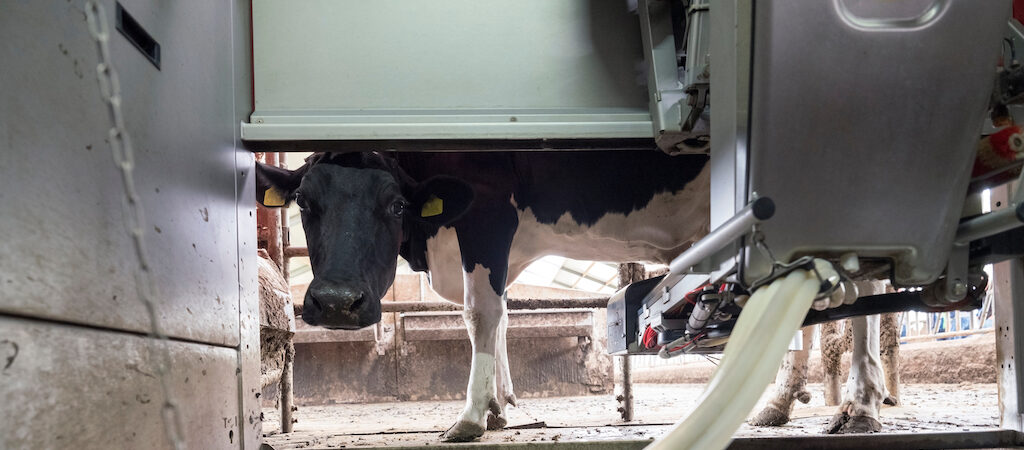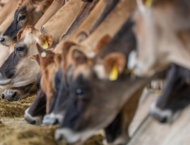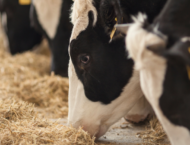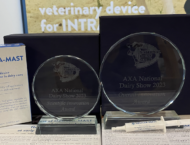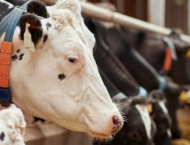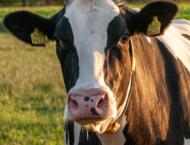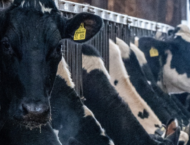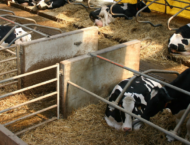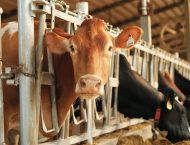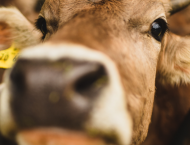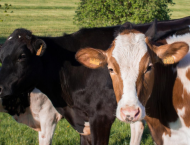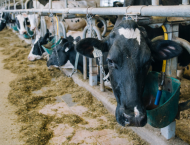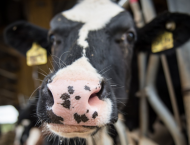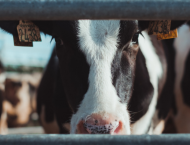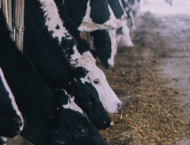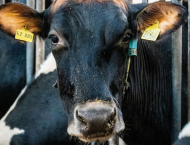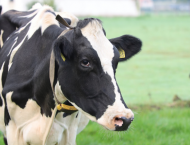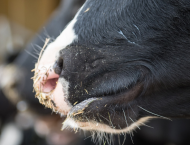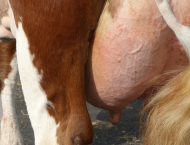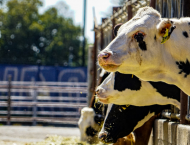The introduction of automatic milking systems (AMS) such as milking robots on a dairy farm leads to revolutionizing the management of the entire milk production process. It is a huge investment; thus, it deserves the utmost attention.
Milking robots are one of the tools available for precision livestock farming. They entirely control the milking process and collect important data useful for the improvement of several aspects in herd management.
Milking robots bring about radical changes in the way dairy farmers are used to run their business. AMS means completely changing the approach to and time for milking. It reduces labor employed for milking routine, freeing the dairy farmer/milker for other activities.
However, milking robots do not relieve the dairy farmer of the milking process completely: they simply rationalize it.
Dairy cows will deliberately choose when it is time for milking, across 24 hours, even more than twice a day. This leads to improved animal welfare and, potentially, to better herd productivity.
A useful and functional feature of milking robots is their ability to collect precious data about milk production per single cow and specific parameters concerning individual quarters. These data, if managed and read properly, will help the dairy farmer to understand the lactation story of any cow and of the whole herd.
This will lead to further improvements of herd management.
When the dairy farmer (or milker) milks the cows themselves, the first thing we do is forestripping. As we already discussed*, it is the critical step for early detection of clinical cases of mastitis or, anyway, intra-mammary tissue disorders.
With milking robots, we will not forestrip. Here it is where specific data collected at individual quarter level become useful – for early detection. Thus, proper assessment of sensor measurements is extremely critical to implement and monitor a process for mastitis detection.
The most widespread on-line sensors in AMS measure electrical conductivity (EC), providing real-time and continuous information about milk.
EC was introduced as an indicator for mastitis in the 1990s and is the most studied, simplest and lowest cost indicator for mastitis detection. Its values are determined by the concentration of anions (Cl–) and cations (Na+) in milk. An increase of EC would reflect the augmented concentration of ions in mastitic milk following an inflammatory event of the mammary gland, which leads to an increase of the permeability of the blood-mammary barrier.
Scientific literature1,2 reports some discrepancies concerning this parameter as an indicator for mastitis. It is worth saying that technology is also focusing on other indicators, such as LDH enzymes.
We should never forget that mastitis can depend on different microbial and non-microbial factors, therefore checking other information (such as the SCC or milk cultures) can better clarify the real situation.
Despite these issues, EC can be still considered a useful alert to identify whether there is a disorder at udder tissue level or not.
This means that, when the EC sensor signals that the range of normal EC values has been exceeded, the dairy farmer can decide for a prompt intervention to anticipate any worse development of the ongoing tissue disorder.
OZOLEA can provide the solution for an even more prompt action. This solution is OZOLEA-MAST.
With the milking robot, the result of OZOLEA-MAST is optimal as the detection of electrical conductivity allows to accurately and widely detect the presence of a mammary secretory disorder. The application of OZOLEA-MAST in the earliest stages allows the tissue a timely autonomous regeneration, with consequent better defenses against aggression and better competence in the autonomous management of inflammation.
The application calendar remains twice a day, at the end of the cow being milked – preferably morning and evening, for four days. As in conventional milking.
1 M. Khatun, R. M. Bruckmaier, P. C. Thomson, J. House, and S. C. García. Suitability of somatic cell count, electrical conductivity, and lactate dehydrogenase activity in foremilk before versus after alveolar milk ejection for mastitis detection. 2019, J. Dairy Sci. 102:9200–9212
https://doi.org/10.3168/jds.2018-15752
2 M. Hovinen and S. Pyörälä. Invited review: Udder health of dairy cows in automatic milking. 2011, J. Dairy Sci. 94:547–562
https://doi.org/10.3168/jds.2010-3556
*What do changes in milk tell us when we forestrip? You can read more here.

